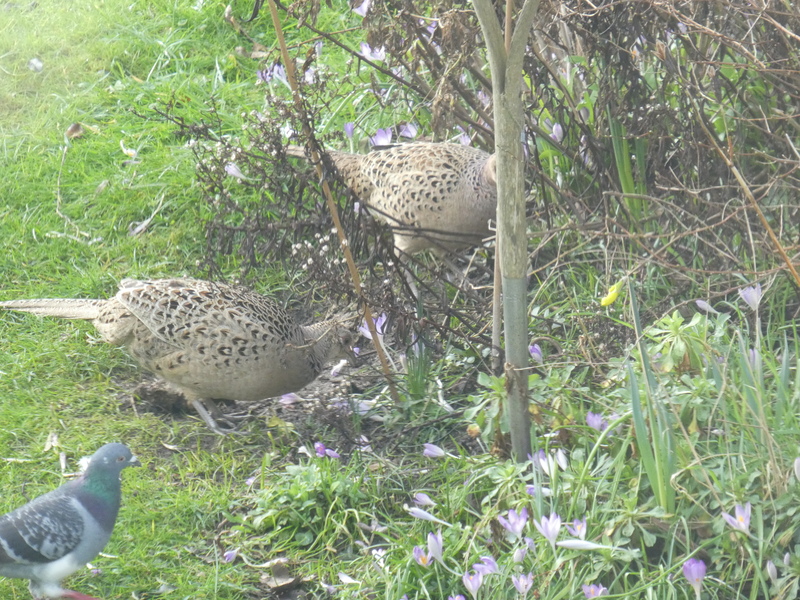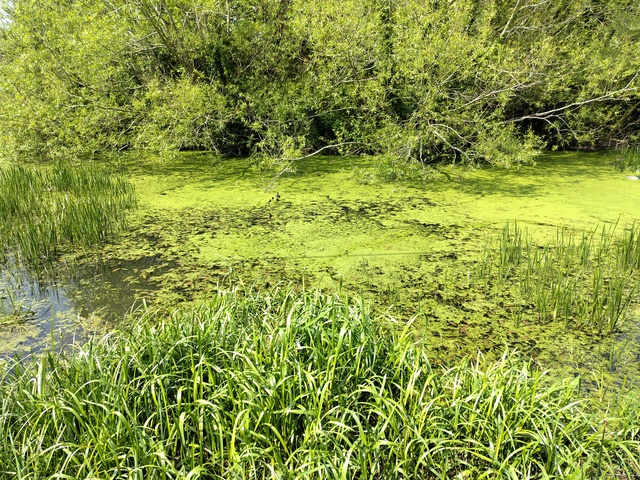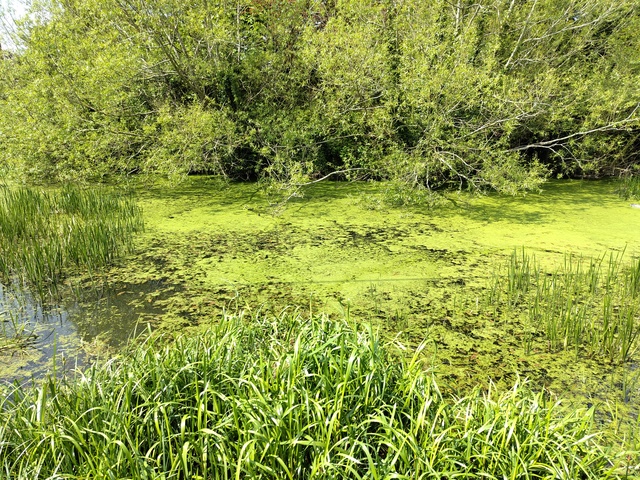We have two female common pheasants in our garden at the moment. I can tell they are female as they are brown and, for such large birds in this context, surprisingly inconspicuous.

The male pheasant is larger and more conspicuous, and plays no part in the raising of the young.

I read The Selfish Gene a long time ago and am aware of the standard explanations for sexual dimorphism in which either the male demonstrates good genes by exaggerated, biologically costly plumage or similar – the handicap principle, or the females chose mates who are likely to result in other descendants who will also be chosen by other females as mates – the sexy sons hypothesis.
It is acknowledged that increased colouration in prey species can increase risk from predators – see, for example, Møller AP, Nielsen JT (2006). “Prey vulnerability in relation to sexual coloration of prey”. Behavioral Ecology and Sociobiology. 60 (2): 227–233. doi:10.1007/s00265-006-0160-x. S2CID36836956. This appear just to be something which is noted, as part of the cost of reproductive success.
I have an additional hypothesis, applicable only to prey species, which I am calling the Good Decoys hypothesis. In this case males are selected by females as mates because, although they may play no part in raising their offspring they can increase the survival chances of their progeny by the male being predated (killed by predators) more than the females.
Assuming both sexes occupy the same habitat, and a constant predation rate for the species overall, if there is a group of males who are then then killed (post mating) more frequently than the females then although their survival rate will be lower, that of their progeny will be higher as the females survive to sit on the nest, feed the young etc.
In anthropomorphic terms, when choosing a mate, the female pheasant may not actually be thinking ‘what a handsome colourful male’, but ‘If a fox was hunting in the area it would find and eat him before it found me’
Observing a male pheasant in the environment.
Our female pheasants have been joined by a male, who is indeed much more conspicuous, being very found of strutting around, and attacking his image in any reflective surface he can find, in particular our french windows. He is also fascinated by some of the reflective sculptures in our garden, and spends much time chasing round them, trying to catch the other male pheasant he believes he can see hiding being them.
When disturbed the male pheasant takes to the air with a loud alarm cry, while the females are much more circumspect.
Moorhens on Cumnor pond
On Cumnor pond I happened to see an adult moorhen, followed by six little balls of fluff – its chicks, heading for the far side of the pond.
A frantic ‘Cheap Cheap’ drew my attention to a single black fluffball, all alone on my side of the pond.
Moments later the other parent appeared near the solo chick, and led it across the pond to join the rest of the family.



Adult moorhens are not immediately distinguishable, but both play a part in raising the young once they have hatched. Also standing at the edge of the pond was a heron, for which a moorhen chick on its own would make a tasty snack.

Peafowl
The peacock is in interesting case, particularly as it has been studied more intensively than many. It is also a member of the pheasant family, being polygamous and the male having no direct involvement in raising the young.
There is more possibility that a peacock could deter a small predator through its display.
There is fairly detailed discussion in the Peafowl article related to selection, including an article ‘Peacocks with low mating success are more likely to suffer predation‘ which suggests that males with, presumably, less visible displays, are taken by predators more.
Red Deer (and similar)
Although the male red deer is easily distinguished by its antlers from the female, and they may be regarded as prey species, they have significant differences from species with purely decorative dimorphism. The deer live in herds, and gather together for mutual protection and the antlers make a formidable weapon.
Top predators live on the edge, finely balanced between catching enough to eat and starvation. The predator numbers will increase to match the food supply, and then reach a fluctuating equilibrium. At the individual predator level, an injury attempting to catch a prey will probably be fatal to the predator.
Testing the Good Decoys hypothesis
If the hypothesis is valid then there should be a disproportionate proportion of adult male pheasants to females taken by natural predators, such as foxes, compared to species, such as moorhens where both parents have a role in the successful raising of the young, and there should also be a correlation between distinctive colouration and attention grabbing behaviour in male prey species and them having no role in raising the young.
Another way of looking at this is the question ‘Is sexual dimorphism in prey species a good predictor of the male having no continuing role in providing for offspring?’
Further reading
Related areas which my throw more light on the issue. These are random in order, and need re-organising.
Sexual dimorphism measures
Rather technical article on ways to measure the amount of sexual dimorphism in a species.
Polygyny in animals
Discusses the advantages and disadvantages for males and females in species where one male mates with a number of females, with more detail in the Polygny threshold model.
Lek Mating
Bateman’s principle
Parental investment
Parental care in birds
Mate desertion
Contains a reference to Game Theory

So is this the same principle as the male praying mantis, just cutting out the predator bit?
Similar certainly, the point which Dawkins makes it that evolution selects for the good of the species (or more specifically a set of genes), rather than the individual.